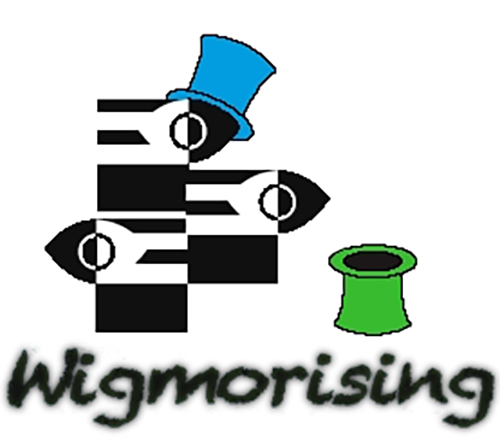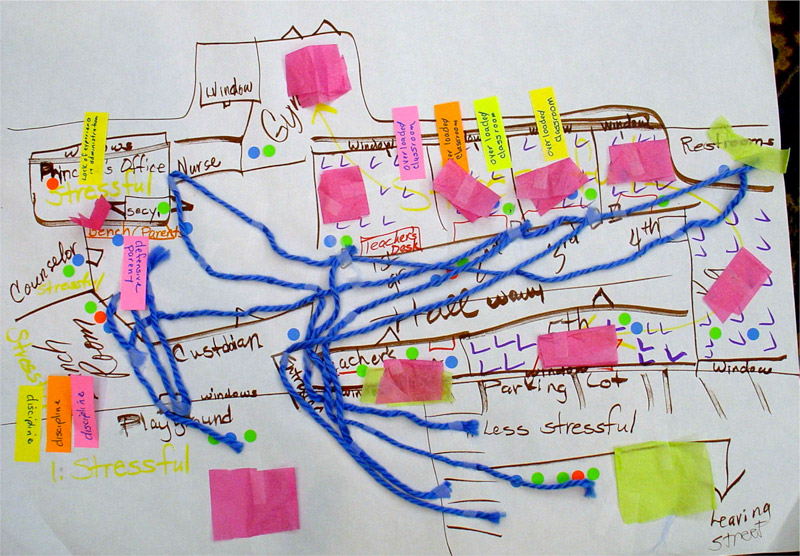Seeing jobs and workplaces with “new eyes” is about getting an overview of what’s happening and details about the patterns of job health and safety hazards that need fixing. The goal is to make connections between the big picture and the practicalities, to prevent hazards from harming workers, now and in the future.
“New eyes” connect how workers are (or can be) affected by hazards, with assessments of all hazard categories and the social and work organisation practices that often are ignored or downplayed. They lead to short- and long-term solutions based on the prevention principles of public health, including truly green jobs.
They bring workers’ voices and experiences to the table with respect, and without fear of retribution. Workers are not blamed directly or subtly for incidents; nor is their behaviour the main focus of investigations and reports. “New eyes” focus on fixing the workplace, not the worker — the public health approach expected in occupational health and safety professionals’ codes of ethics.
“New eyes” are key to my occupational health work, whether it’s about chemicals (occupational hygiene), ergonomics, “stress“, education/training, policies and programmes, research, or writing / editing clear language materials (“Wigmorising”).
The activities can include:
- body and workplace mapping to identify symptoms and start to capture the big picture;
- understanding data sheets and checking out chemical hazards;
- finding informed substitutes and green chemistry alternatives (especially for cleaning products);
- ergonomic design assessments;
- finding ways to prevent and reduce violence (including bullying/harassment) and other stressors;
- improving how health and safety committees do their work; and
- participatory (popular education) workshops (delivering and preparing curriculum) about occupational health issues.

